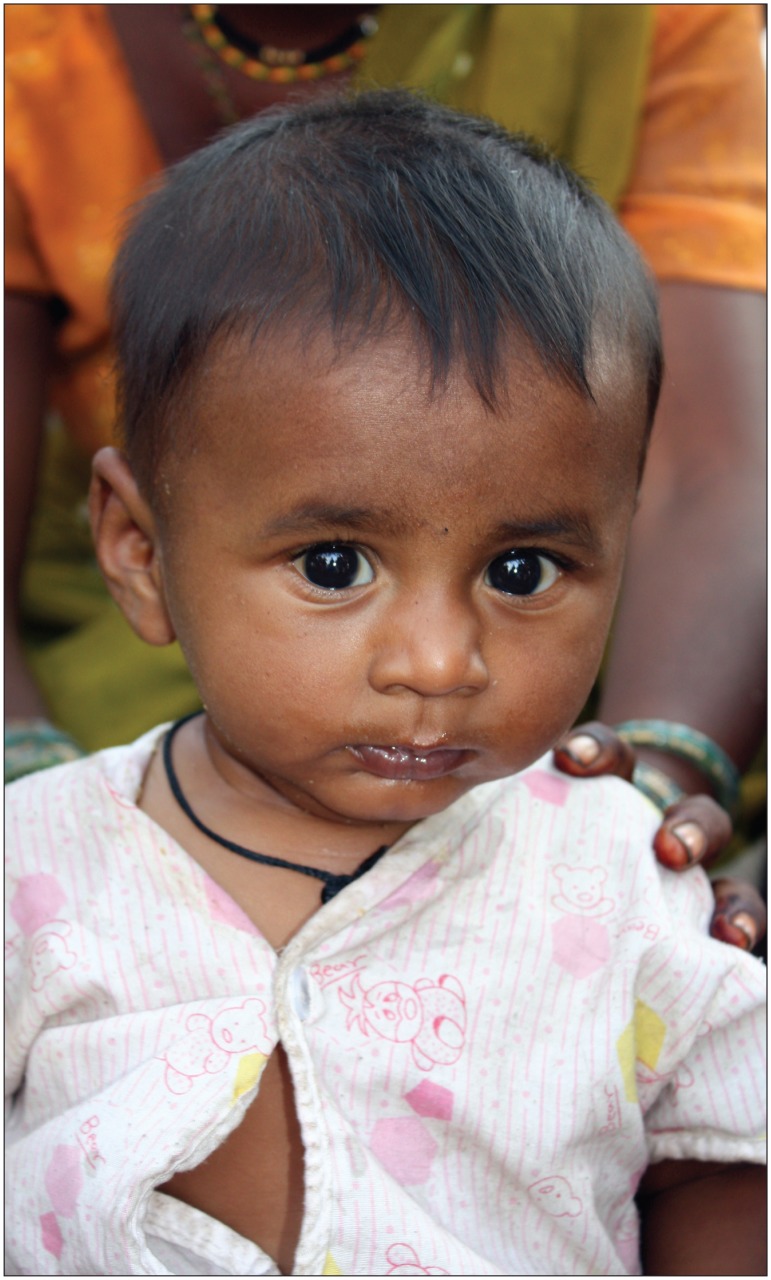Canadian infectious disease experts are monitoring a strain of enterovirus 71, which causes hand, foot and mouth disease with neurological and cardiovascular complications that is killing children in Asia.
Taiwan, Malaysia, Cambodia, Vietnam, Japan, South Korea, Singapore, Thailand and China have all seen large outbreaks of the acute viral illness, which is usually transmitted by the fecal–oral route. In July, the World Health Organization reported that 54 children, most aged three and under, had died in Cambodia after contracting what was originally described as a “mystery illness.” Earlier this year, enterovirus 71 killed 56 people in China, where there have been 1.5 million cases reported to date, up from 964 000 in all of 2011. Another 33 deaths were reported in Vietnam.
“It’s a bit of a mystery as to why it [enterovirus 71] continues to circulate, especially in Borneo, in [the state of] Sarawak, where it has caused problems for the last 10 years with cycles occurring every three years,” says Dr. Donald Low, microbiologist-in-chief and infectious diseases consultant at the University Health Network/Mount Sinai Hospital in Toronto, Ontario. “It’s an interesting disease — it’s sort of the replacement for polio.”
More than 100 deaths of children aged three and under have been caused by enterovirus 71 in Asia.
Image courtesy of © 2012 Thinkstock
Isolated cases of enterovirus 71 have occurred in Canada, says Low. No large outbreaks have taken place here, however, and symptoms are typically milder than those experienced by people in Asia. In Ontario, for example, there have been just nine cases of enterovirus 71 reported since 2005, says Jonathan Gubbay, a medical microbiologist at the Public Health Ontario Laboratory. Although hand, foot and mouth is not a reportable disease, the public lab did conduct molecular typing of enteroviruses during 2009–2010, Gubbay says, because there was some increase in meningitis due to a different strain of enterovirus.
But given the extent and pace of global travel and the possibility that Canadians or visitors to Canada could come in contact with enterovirus 71 overseas, the infectious disease community is watching to make sure that the “very adaptable” virus, as Low describes it, does not mutate and become more deadly in North America.
“With the amount of travel that we see to different countries, if there is a particularly virulent strain that is readily transmitted — why wouldn’t we see it here?” Low asks. “We saw SARS (Severe Acute Respiratory Syndrome) here, we saw (pandemic) influenza here … nobody really understands that.”
Hand, foot and mouth disease is usually a mild disease in Canada, caused by the coxsackievirus A16 and resulting in fever, sores in the mouth and a rash with blisters on the hands, feet and sometimes the buttocks. Most people recover in 7 to 10 days without any medical treatment. However, enterovirus 71 can be associated with meningitis and encephalitis, as well as neurological, cardiovascular and respiratory problems. Because different types of viruses cause hand, foot and mouth disease, getting infected with one form does not confer immunity to all types of the disease.
Better public sanitation systems and personal hygiene practices in Canada are likely one reason that the isolated cases of enterovirus 71 haven’t spread here, and aren’t likely to do so to the same degree as in countries such as Cambodia, says Dr. Anna Banerji, assistant professor of pediatrics at the University of Toronto’s Dalla Lana School of Public Health.
“It’s possible if the virus does mutate it could be more transmissible, but right now we don’t have any reason to think that we’re going to have an epidemic here,” she says. “But that’s always a possibility, just like SARS.”
But if an outbreak did occur in Canada, “the impact here is not going to be the same as there, because we have public sanitation systems and in general are a healthier population,” Banerji says.
Both Low and Banerji speculate that host factors, such as coinfections in people in Asia who contract enterovirus 71, as well as the virulence of the strain and access to clean water, may all be factors in the severity of the outbreaks and complications in Asia.
“The mortality rate is actually pretty low” given the thousands of people who are infected there, Low says, adding that if large numbers of people were to get infected with the same strain in Canada, a similar incidence rate of complications and deaths could occur. “I would imagine it would be the very same.”
There is no cure for enterovirus 71, although intravenous immune globulin has been tried to modify the immune response, he adds. Several research groups are attempting to develop a vaccine, including Taiwanese researchers who announced in August that they are ready to begin human clinical trials on a vaccine.
Low encourages parents who suspect their children might have hand, foot and mouth disease to go to their family doctor, and suggests that physicians do order diagnostic tests. “There’s no intervention but this is something that we are interested in monitoring,” he says.



